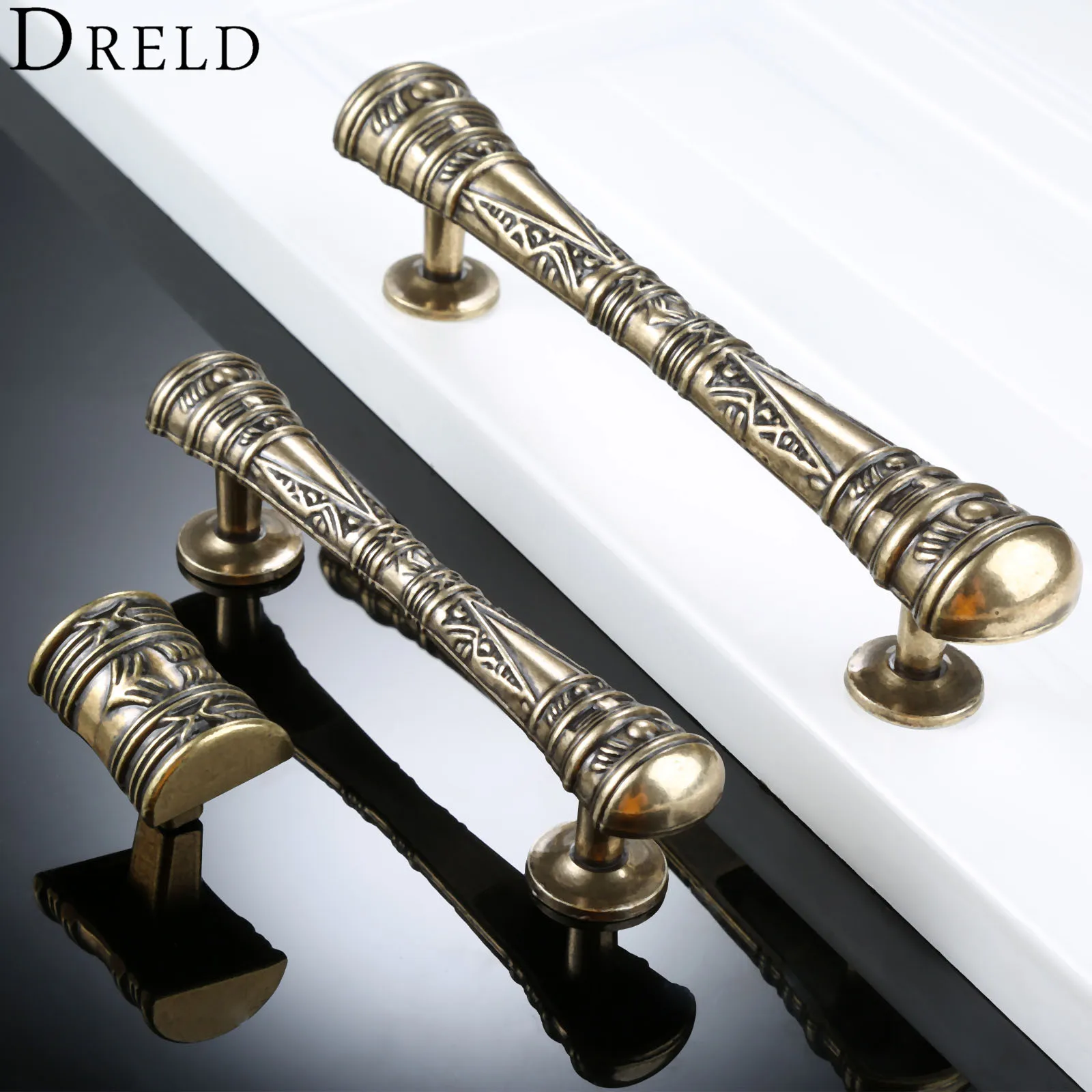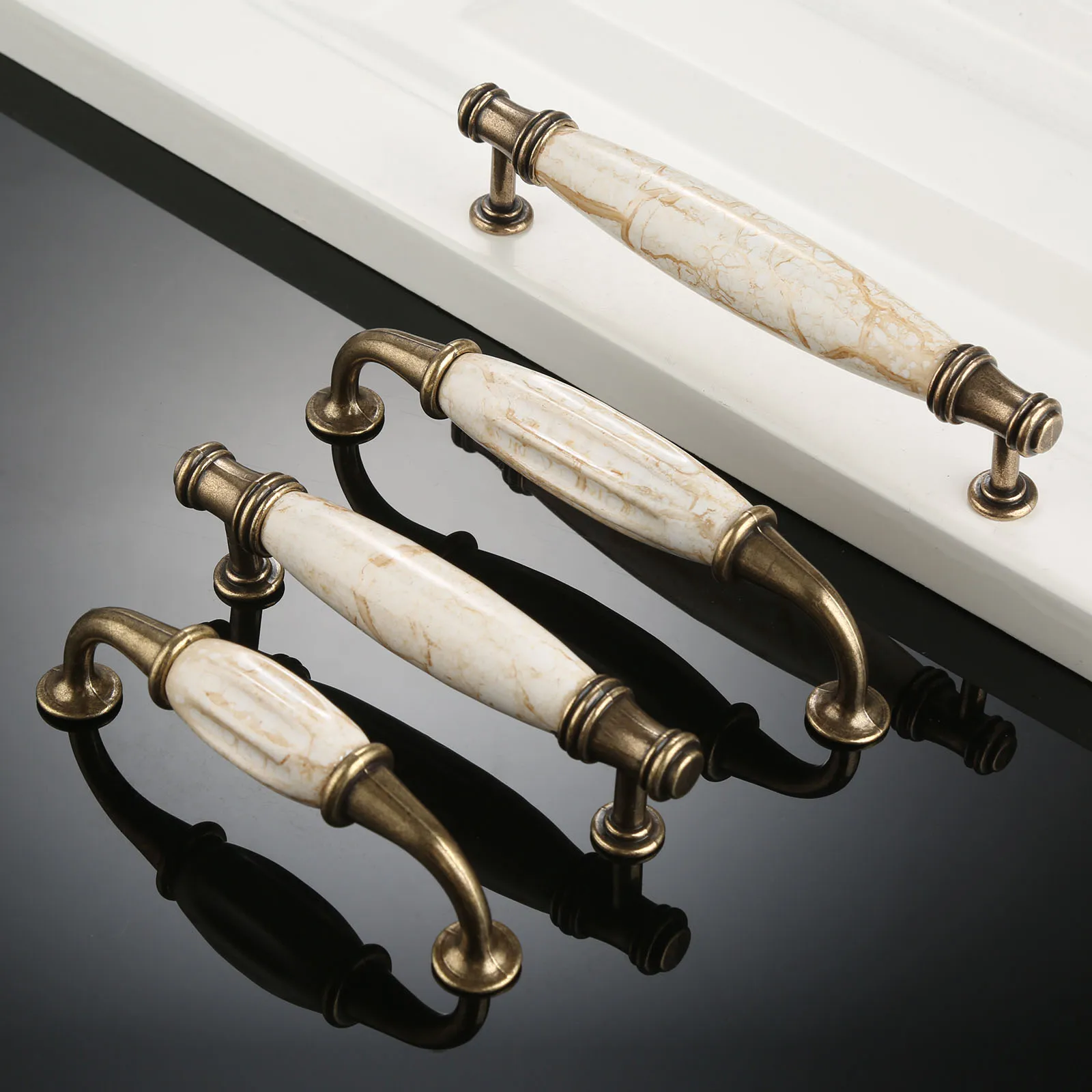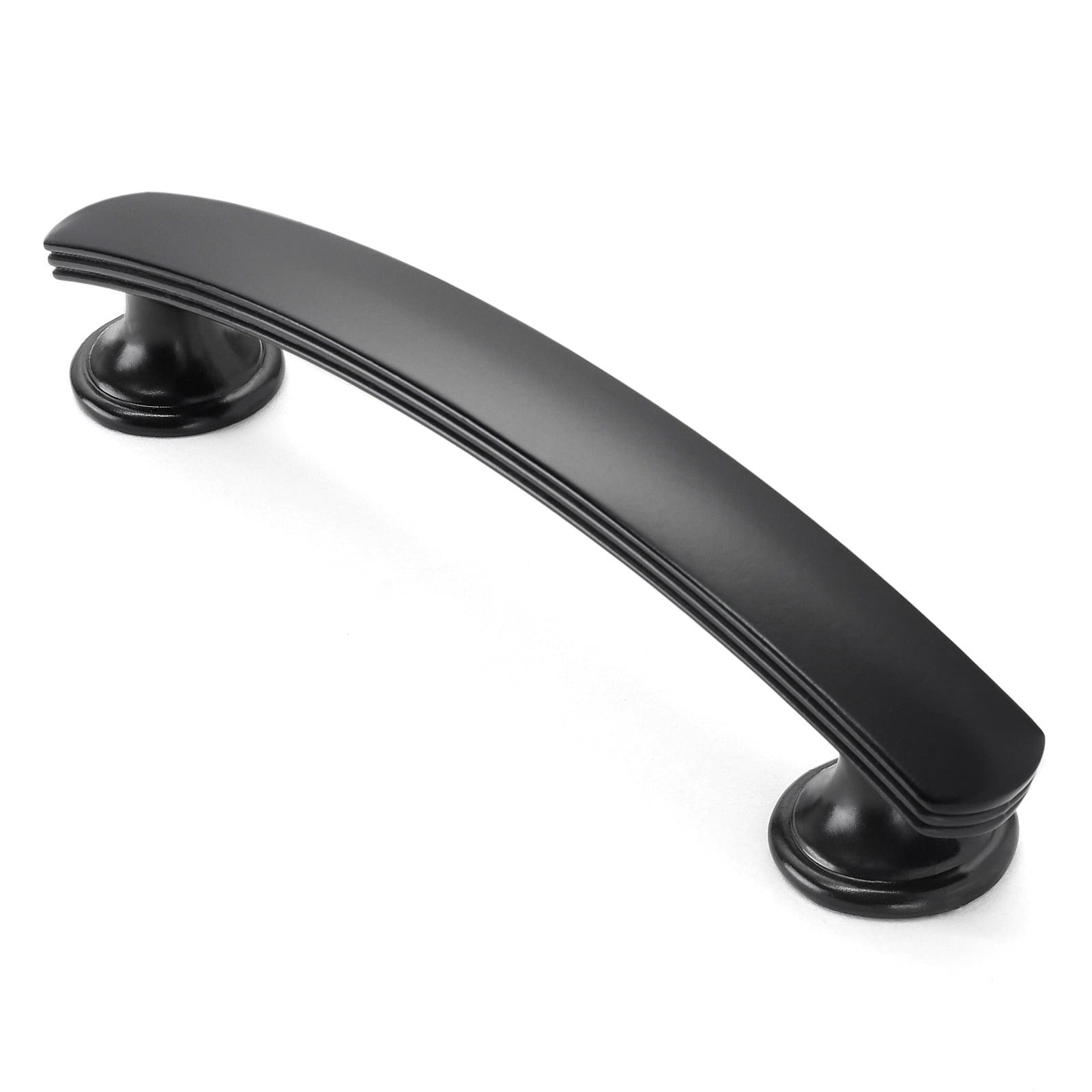Types of Horizontal Cabinet Door Hardware

Choosing the right hardware can dramatically impact the look and feel of your cabinets. Horizontal hardware offers a sleek, modern aesthetic, and the options are surprisingly diverse. From the industrial charm of barn doors to the minimalist elegance of flush pulls, there’s a style to suit every kitchen or bathroom design. This post will explore the various types of horizontal cabinet door hardware, their materials, finishes, installation, and applications.
Sliding Door Hardware
Sliding door hardware provides a space-saving solution, perfect for smaller kitchens or pantries. These systems typically consist of tracks mounted to the cabinet frame and carriages attached to the doors. The doors then glide smoothly along the tracks. Materials range from sturdy metal, offering durability and a contemporary feel, to wood, providing a warmer, more rustic look. Finishes can vary widely, including brushed nickel, oil-rubbed bronze, matte black, and even polished chrome. The aesthetic can range from minimalist and sleek to more ornate and decorative depending on the design of the track and carriage.
Barn Door Hardware
Barn door hardware adds a touch of rustic charm to any space. This style uses a sliding mechanism similar to sliding door hardware but often features a more visible track and roller system. Materials commonly include wood, metal (often wrought iron or steel), or a combination of both. Finishes are typically designed to complement the rustic aesthetic, with options such as black, dark bronze, or weathered finishes. These hardware sets are typically designed for heavier doors and often include a floor guide to prevent the door from swinging.
Flush Pull Hardware
Flush pull hardware offers a clean, minimalist look. These are recessed handles that sit flush with the cabinet door, creating a seamless surface. Materials include metal (stainless steel, aluminum, brass), and wood, often integrated into the cabinet door itself. Finishes are typically sleek and understated, such as brushed nickel, polished chrome, or matte black. Flush pulls are ideal for a modern or contemporary kitchen design where a clean, uncluttered look is desired.
Comparison of Horizontal Cabinet Door Hardware
The choice of hardware depends largely on your design preferences and the specific needs of your cabinets. Here’s a comparison table summarizing the key features:
| Type | Material | Finish | Application |
|---|---|---|---|
| Sliding Door Hardware | Metal, Wood | Brushed Nickel, Oil-Rubbed Bronze, Matte Black, Polished Chrome | Space-saving cabinets, pantries, or utility areas |
| Barn Door Hardware | Metal, Wood, Metal & Wood Combination | Black, Dark Bronze, Weathered Finishes | Adds rustic charm to cabinets, often used for larger or heavier doors |
| Flush Pull Hardware | Metal, Wood | Brushed Nickel, Polished Chrome, Matte Black | Modern or contemporary kitchens, seamless look |
Installation Methods
Installation methods vary depending on the type of hardware chosen. However, some general steps and tools are common across all types.
Horizontal cabinet door hardware – Generally, you’ll need tools such as a drill, screwdriver, measuring tape, level, and possibly a jigsaw or router depending on the specific hardware and cabinet construction.
- Measuring and Marking: Carefully measure and mark the locations for the hardware on both the cabinet door and frame. Accurate measurements are crucial for proper alignment and function.
- Drilling Pilot Holes (if necessary): Drill pilot holes to prevent splitting the wood when screwing in the hardware. This is particularly important for wood cabinets.
- Attaching Tracks or Brackets: Secure the tracks or brackets to the cabinet frame using screws. Ensure they are level and aligned.
- Attaching Hardware to Doors: Attach the hardware to the cabinet doors, ensuring proper alignment with the tracks or brackets.
- Testing and Adjustments: Test the operation of the hardware. Make any necessary adjustments to ensure smooth and reliable operation.
Choosing the Right Hardware for Different Cabinet Styles: Horizontal Cabinet Door Hardware

Selecting the perfect horizontal cabinet door hardware isn’t just about functionality; it’s about enhancing the overall aesthetic of your kitchen or bathroom. The right hardware can elevate a simple cabinet design, making it a focal point, while the wrong choice can detract from even the most luxurious cabinetry. This guide will help you navigate the world of horizontal pulls and knobs, ensuring your choice complements your existing style.
The key to successful hardware selection lies in understanding the interplay between cabinet style and hardware design. Different styles call for different aesthetics. A sleek, minimalist pull might look jarring on a traditionally styled cabinet, while an ornate knob would feel out of place on a contemporary design. Careful consideration of size, weight, and functionality is also crucial for ensuring both beauty and practicality.
Hardware Selection for Various Cabinet Styles
Let’s explore how different horizontal cabinet hardware styles complement various cabinet designs. The examples below illustrate successful pairings, demonstrating how the right hardware can significantly impact the overall look and feel of your cabinetry.
- Shaker Cabinets: Shaker cabinets, known for their simple, clean lines and recessed panel doors, pair beautifully with understated hardware. Consider sleek, brushed nickel bar pulls or cup pulls with a slightly rounded profile. Avoid overly ornate or excessively large hardware, as it will clash with the Shaker style’s inherent simplicity. A muted color palette, such as brushed nickel or matte black, works exceptionally well.
- Modern Cabinets: Modern cabinets often feature slab doors and a minimalist aesthetic. This style calls for equally sleek hardware. Long, thin bar pulls in polished chrome or stainless steel create a sophisticated, contemporary look. Consider integrated handles or recessed pulls for a seamless, minimalist effect. A monochromatic color scheme with metallic accents enhances the modern feel.
- Traditional Cabinets: Traditional cabinets, with their ornate details and often raised panel doors, benefit from more elaborate hardware. Consider cup pulls with decorative elements or knobs with intricate designs. Materials like polished brass or antique bronze create a sense of richness and elegance. A warm color palette, incorporating gold, bronze, or dark wood tones, enhances the traditional aesthetic.
Factors Influencing Hardware Selection
Beyond style, several practical factors influence your hardware choice. These factors ensure not only aesthetic appeal but also durability and ease of use.
- Cabinet Size: Larger cabinets benefit from larger hardware to maintain proportion. Conversely, smaller cabinets require smaller hardware to avoid overwhelming the design. A good rule of thumb is to choose hardware that’s roughly 1/6 to 1/8 the width of the cabinet door.
- Cabinet Weight: Heavier cabinet doors may require more robust hardware to ensure smooth and reliable operation. Consider heavier-duty pulls or knobs made from durable materials like solid brass or stainless steel.
- Desired Functionality: Think about how you’ll use the cabinets. If you anticipate frequent use, choose hardware that’s comfortable to grip and easy to operate. For example, bar pulls are generally easier to grip than small knobs.
A Decision Tree for Hardware Selection
This decision tree provides a step-by-step approach to selecting the right hardware:
| Cabinet Style | Cabinet Size | Cabinet Weight | Desired Functionality | Recommended Hardware |
|---|---|---|---|---|
| Shaker | Small | Light | Easy Grip | Small, brushed nickel cup pulls |
| Modern | Large | Heavy | Sleek Appearance | Long, stainless steel bar pulls |
| Traditional | Medium | Medium | Elegant Look | Ornate brass cup pulls |
Visual Representation of Cabinet Styles and Hardware
Imagine a visual display showcasing three distinct cabinet styles. First, a Shaker cabinet with a clean, white finish features understated brushed nickel bar pulls. The matte finish of the pulls complements the cabinet’s simplicity. Next, a modern cabinet with a sleek, dark gray finish is paired with long, polished chrome bar pulls. The reflective chrome adds a touch of sophistication. Finally, a traditional cabinet with a rich, cherry wood finish showcases elegant, antique brass cup pulls with subtle detailing. The warm tones of the brass enhance the richness of the wood.
Maintenance and Care of Horizontal Cabinet Door Hardware

Keeping your horizontal cabinet door hardware looking its best and functioning smoothly requires regular care. Different materials require different cleaning methods, and understanding these nuances will extend the life of your hardware and maintain the aesthetic appeal of your kitchen or bathroom. Ignoring maintenance can lead to problems like sticking doors, loose knobs, or even damage to the cabinet doors themselves.
Cleaning and Maintaining Different Hardware Types
The cleaning method for your horizontal cabinet hardware depends largely on the material. Metal hardware, such as stainless steel, brass, or chrome, generally requires gentle cleaning with a soft cloth and a mild dish soap solution. Avoid abrasive cleaners or scouring pads, as these can scratch the surface. For more stubborn grime, a non-abrasive cleaner specifically designed for the metal type is recommended. Wooden knobs or pulls should be cleaned with a slightly damp cloth and a mild wood cleaner, avoiding excessive moisture that could damage the wood. Avoid harsh chemicals on all hardware types. After cleaning, always dry the hardware thoroughly to prevent water spots or corrosion.
Troubleshooting Common Problems
Sticking doors or malfunctioning hardware are common issues. Here’s a step-by-step guide to resolving them:
1. Check for Obstructions: Begin by inspecting the area around the door and the hardware itself. Look for any debris, paint, or sticky residue that might be preventing smooth movement. Remove any obstructions carefully.
2. Lubricate Moving Parts: If the door still sticks, apply a small amount of lubricant, such as silicone spray or white lithium grease, to the hinges and the moving parts of the hardware. Avoid over-lubricating.
Avoid using WD-40, as it can attract dust and grime over time.
3. Tighten Loose Screws: Loose screws are a frequent cause of sticking doors and wobbly knobs. Tighten any loose screws using a screwdriver of the appropriate size.
4. Replace Damaged Hardware: If the problem persists despite these steps, the hardware may be damaged and require replacement. Replacing individual parts, such as hinges or knobs, is often easier and more cost-effective than replacing the entire set.
Preventative Maintenance Schedule, Horizontal cabinet door hardware
Regular maintenance will significantly extend the life of your cabinet hardware. Here’s a suggested schedule:
| Task | Frequency |
|---|---|
| Wipe down hardware with a damp cloth | Weekly |
| Thorough cleaning with mild soap and water | Monthly |
| Inspect for loose screws and lubricate hinges | Quarterly |
| Complete inspection for damage and consider replacement of worn parts | Annually |
